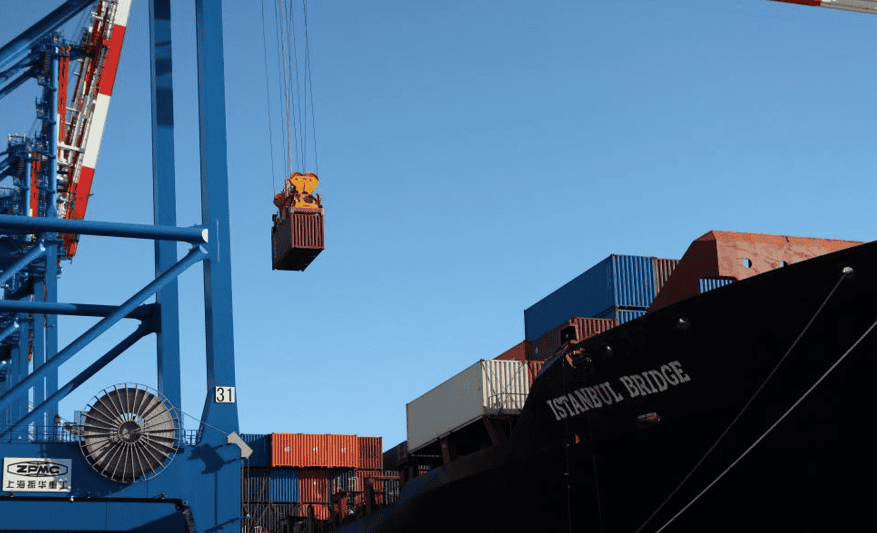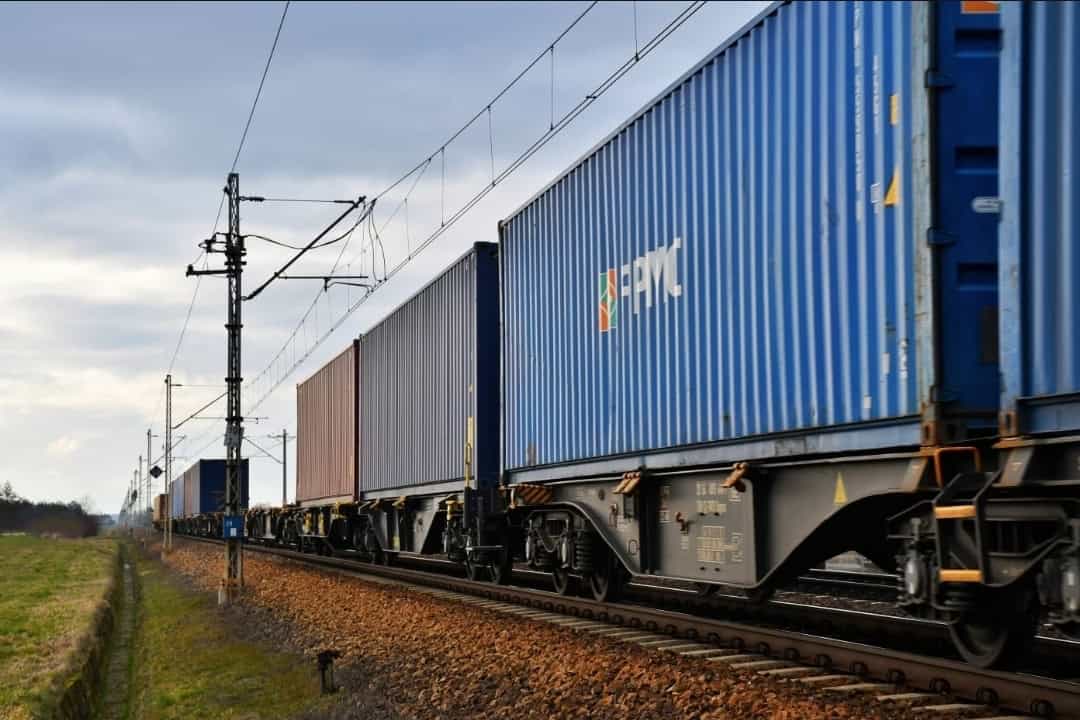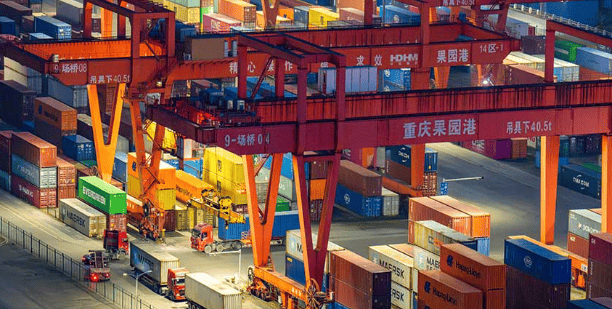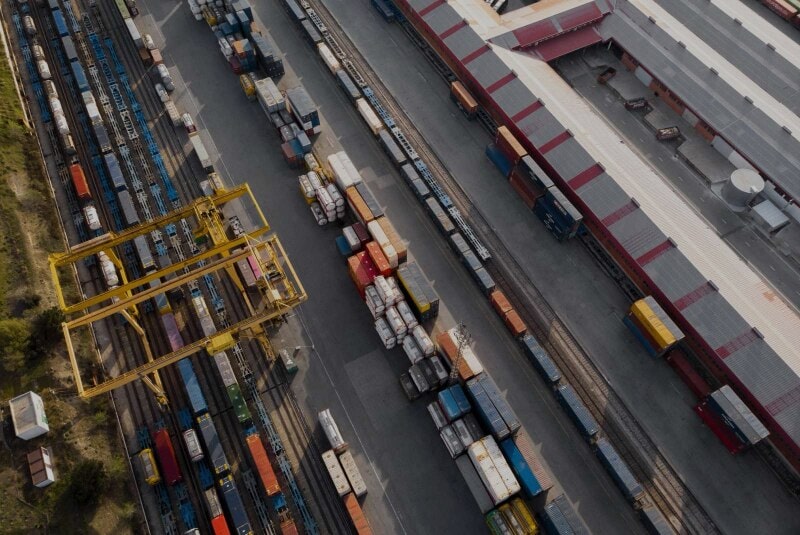The First Container Ship in History Reaches Gdańsk via the Arctic Sea Route
A container ship has entered the Port of Gdańsk for the first time in history after traveling the Arctic sea route from Asia to Europe. This voyage may mark the beginning of a new era in global shipping, but it also raises questions about humanity’s impact on the fragile Arctic ecosystem.
A New Route from Asia – Shorter but Risky
In mid-October 2025, the container ship Istanbul Bridge arrived at the Baltic Hub terminal in Gdańsk. The vessel came from China’s Ningbo–Zhoushan port, taking the route through the Northeast Passage, also known as the Northern Sea Route. This means the ship traveled from Asia to Europe through the Arctic, bypassing the Suez Canal.
According to the operator, the voyage took around 20 days—up to half the time required for the traditional route through the Red Sea and the Suez Canal. This is a major difference in the world of maritime logistics, where every day at sea costs millions in fuel, crew, and port fees.
A Symbolic Success for Gdańsk and Poland’s Port
For Gdańsk, this was a historic moment. For the first time, a vessel that completed the Arctic trade route called at a Polish port. The event was reported by both Polish and international maritime media.
“This demonstrates that our port is ready to handle modern and demanding connections. Gdańsk is becoming a fully-fledged participant in next-generation global supply chains,”
emphasized Baltic Hub representatives in a media statement.
For the terminal, this is not only a matter of prestige but also proof that Poland’s port infrastructure meets the world’s highest operational and logistical standards.
A New Route, New Opportunities
The idea of using the Arctic sea route is not new, but it has only become feasible in recent years due to climate change and the shrinking ice cover. A longer navigation season in northern Russia has opened up entirely new opportunities for shipping companies.
The Arctic route is over 40% shorter than the traditional route through the Suez Canal. This translates into potential savings in time, fuel, and carbon emissions. Another advantage is safety—the Arctic region is free from piracy and political tensions that have disrupted shipping in the Red Sea in recent years.
The Price of Progress – Risks for the Arctic
However, not everyone is celebrating. Environmental organizations warn that increased ship traffic in the Arctic could irreversibly damage its delicate ecosystem.
Experts point out that accidents, fuel leaks, or collisions in this region could be catastrophic, as technical and rescue assistance is extremely limited there. Moreover, more voyages mean a higher risk of pollution that accelerates ice melting.
An Uncertain Future for the New Route
Although Istanbul Bridge’s voyage drew global attention, experts emphasize that a regular shipping line through the Arctic is still a long way off. The main challenges include unpredictable weather conditions, limited infrastructure, and high insurance costs.
The political aspect is also crucial. The Northeast Passage runs along Russia’s northern coast, and commercial use of the route requires cooperation with Russian authorities—something many Western shipping companies find difficult or even impossible.
As a result, most major shipping lines—such as Maersk, MSC, and CMA CGM—remain cautious. Their strategies still rely on traditional routes, though experimental voyages like the one to Gdańsk are being closely monitored.
Poland on the Arctic Shipping Map
For Poland and Central and Eastern Europe, this event has strategic importance. Thanks to excellent rail and road connections and strong logistics facilities, Gdańsk could become a key transshipment hub for goods arriving from Asia via the shortest possible sea route.
If the Arctic route proves stable and safe, the Polish port could play a crucial role in the emerging global trade network.
A New Chapter in Maritime Shipping
The arrival of Istanbul Bridge in Gdańsk is more than just a curiosity—it’s a sign of coming changes in global maritime transport. Changes that could revolutionize world trade, but also challenge us with serious climate and geopolitical risks.
As experts point out, the future of Arctic shipping will depend not only on economics but also on responsibility and international cooperation.
History wrote a new chapter in Gdańsk—now the world must decide whether to follow this path further.



